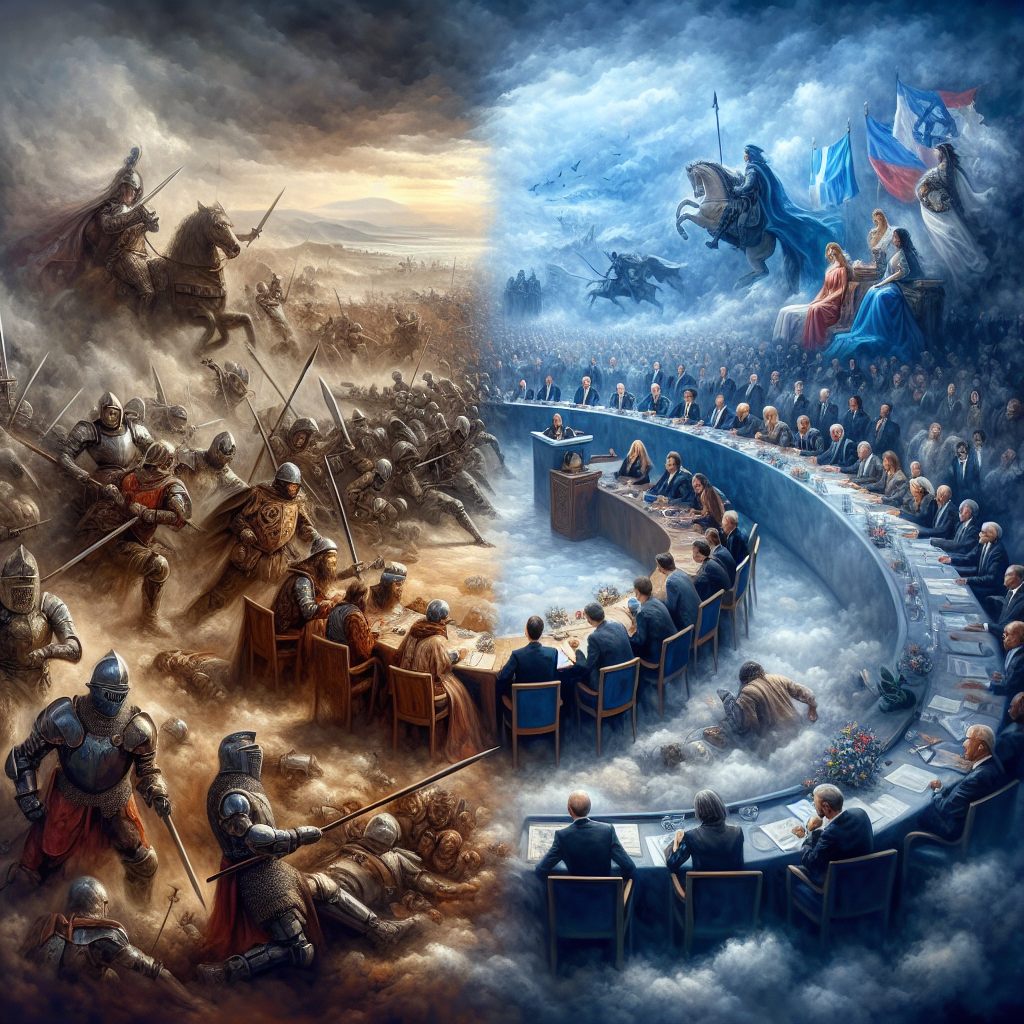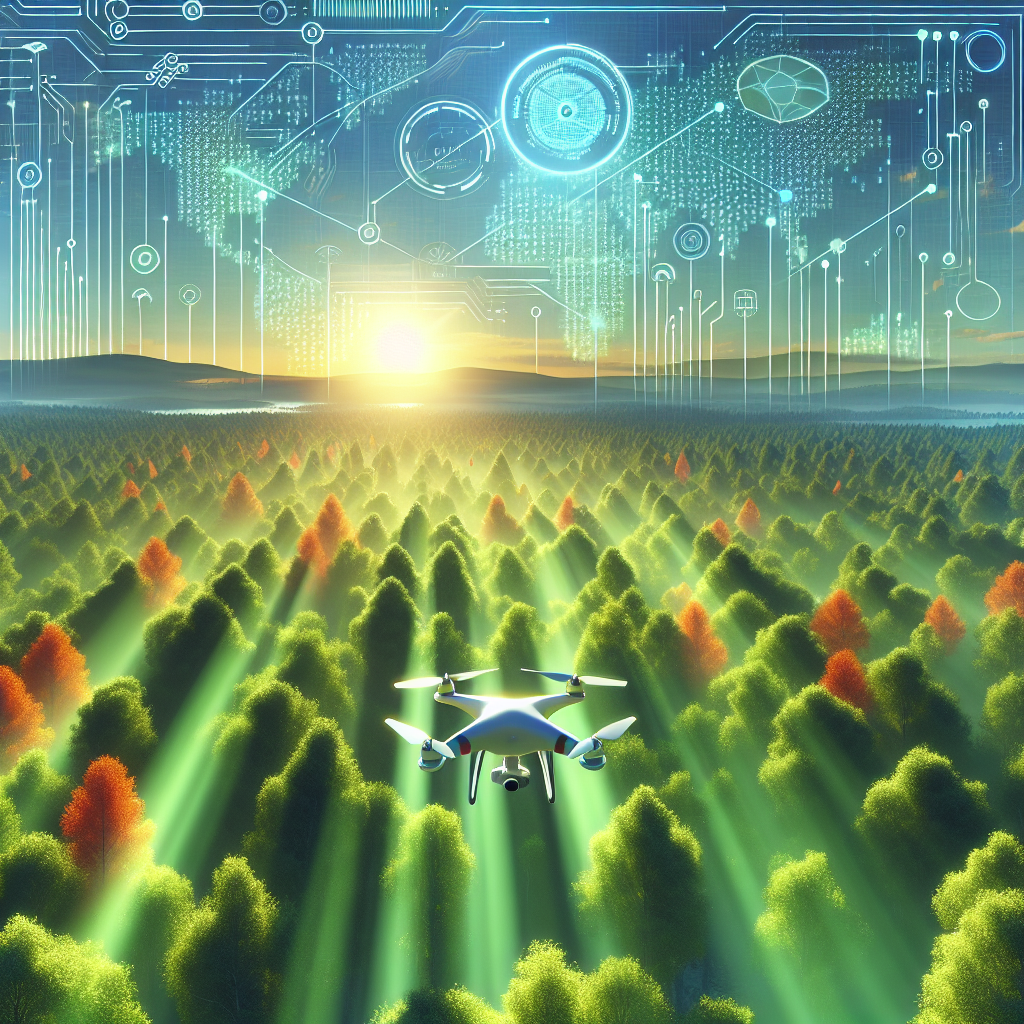American Mysteries: The Phantom of the White House
Welcome to the mysterious world of American history, where legends and folklore intertwine with facts. Among the most intriguing tales is the story of the Phantom of the White House. This legend captures the imagination of people around the world, blending history with a touch of the supernatural. In this post, we’ll explore this fascinating mystery, delve into the historical context, and ponder the ongoing intrigue surrounding the White House’s most famous ghost.
Table of Contents
1. Introduction to the Phantom of the White House
2. Historical Context of the White House
3. Sightings and Stories
4. Possible Explanations
5. The Cultural Impact
6. Conclusion
7. FAQs
Introduction to the Phantom of the White House
Every great nation has its share of ghost stories, and America is no exception. Among these, the Phantom of the White House stands out, with its eerie presence felt by many who have resided or visited there. This ghostly figure is often associated with the spirit of Abraham Lincoln, who is said to walk the halls of his former home.
Historical Context of the White House
The White House, built between 1792 and 1800, has been the residence of every U.S. president since John Adams. Its historic walls have witnessed countless significant events, making it a perfect breeding ground for tales of hauntings. The Civil War, the Great Depression, and numerous other pivotal moments have left their mark on this iconic building.
Abraham Lincoln, the 16th President of the United States, lived in the White House during one of the most tumultuous times in American history—the Civil War. His leadership and the profound changes he spearheaded have left an indelible mark on the nation, perhaps even in the ethereal sense.
Sightings and Stories
The first recorded sighting of Lincoln’s ghost dates back to the administration of Theodore Roosevelt. Since then, numerous presidents, first ladies, and guests have reported encounters with the specter. One of the most famous accounts comes from Winston Churchill, who reportedly saw Lincoln’s ghost while staying at the White House during World War II.
Another notable encounter involved First Lady Grace Coolidge, who claimed to have seen Lincoln looking out of a window in the Oval Office. Queen Wilhelmina of the Netherlands also had a chilling experience when she heard a knock on her door, opened it, and saw Lincoln’s apparition standing in front of her.
These stories, while varied, share a common theme of Lincoln appearing during times of national crisis or when the nation seems to need guidance the most.
Possible Explanations
While these tales are captivating, skeptics often seek logical explanations. Some suggest that the stories of Lincoln’s ghost could be psychological manifestations, influenced by the stress and pressure of living in such a historically significant place. The power of suggestion and the human tendency to find patterns in randomness could also play a role.
On the other hand, believers argue that the energy and spirit of a great leader like Lincoln could indeed linger, offering comfort or guidance in times of need. The combination of historical significance and personal belief creates a fertile ground for such ghostly legends to flourish.
The Cultural Impact
The Phantom of the White House has permeated popular culture, appearing in books, movies, and television shows. This ghost story serves as a metaphor for continuity, resilience, and the weight of presidential responsibility. It reminds us of the enduring legacy of past leaders and the impact they continue to have on the present and future.
From a cultural perspective, the story of Lincoln’s ghost taps into a universal curiosity about the unknown and the possibility of life beyond death. It connects people to history in a visceral and personal way, bridging the gap between past and present.
Conclusion
The Phantom of the White House remains one of America’s most enduring mysteries. Whether a believer in the supernatural or a skeptic, the tale of Lincoln’s ghost offers a fascinating glimpse into how history, folklore, and personal belief intertwine. As long as the White House stands, the legend of its ghostly inhabitant is likely to continue, captivating imaginations and sparking discussions about the mysteries of the past.
FAQs
Q: Is the Phantom of the White House real?
A: While many people have reported sightings, there is no scientific evidence to prove the existence of ghosts. The stories are often viewed as folklore or personal experiences.
Q: Why is Abraham Lincoln’s ghost the most talked about?
A: Lincoln’s leadership during a pivotal time in American history and his tragic assassination contribute to the intrigue surrounding his ghost.
Q: Have other ghosts been reported in the White House?
A: Yes, other figures such as Abigail Adams and Dolly Madison have also been reported, adding to the White House’s reputation as a haunted site.
Q: Can the public visit the White House to experience these legends?
A: While public tours of the White House are available, ghost sightings are rare and not part of the official tour experience.
🕯️👻 Whether a believer or skeptic, the Phantom of the White House is a story that continues to intrigue and entertain, blending history with the supernatural in a uniquely American way.





Leave a Reply
You must be logged in to post a comment.